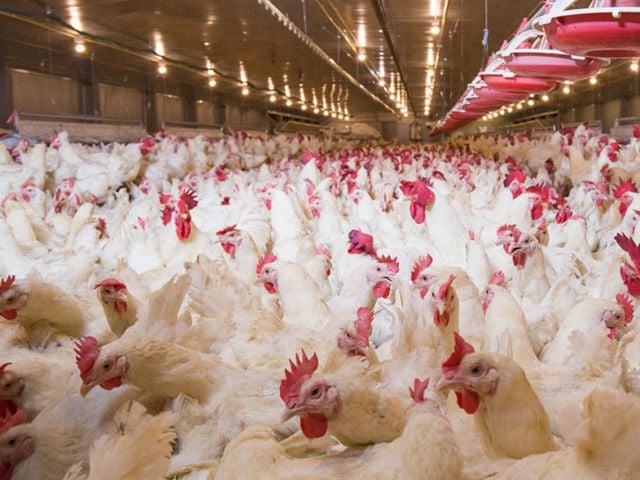AMES, Iowa – The U.S. Department of Agriculture is giving farmers millions of taxpayer dollars a year to support the planting of cover crops, which reduce polluted runoff from farm fields. To see how this investment is paying off, the Environmental Working Group has documented – for the first time – the extent of cover crop use in three Corn Belt states.
Adding cover crops to fields during the fall and early spring keeps living roots in the ground between the production of corn and soybean crops. The cover crops, typically cool-season grasses, hold down soil and absorb nutrients during the winter and spring months. This is proven to help reduce the sediment, nitrate and phosphorus runoff that pollutes waterways, contaminates drinking water and is the main source of the burgeoning Dead Zone in the Gulf of Mexico.
EWG researchers used multi-spectral satellite data over several periods during fall 2015 and spring 2016 to detect cover crops in Illinois, Indiana and Iowa. In partnership with Practical Farmers of Iowa, EWG was able to verify thousands of field locations with actual planted cover crops.
The eyes in the sky showed varied results among the three states. In Indiana, nearly 800,000 acres of cover crops – or 7.1 percent of all corn and soybean acres in the state – were applied. However, cover crops were only applied to 2.6 percent of corn and soybean acres in Iowa, and 2.3 percent in Illinois, despite the fact that far more acres are planted with corn or soybeans in those two states.
USDA programs such as the Environmental Quality Incentives Program and the Conservation Stewardship Program, as well as various state-funded initiatives, drive the use of cover crops to mitigate farm field pollution. Since 1997, EQIP has invested $235 million in Iowa, $140 million in Indiana and $126 million in Illinois to encourage farmers to add conservation practices like cover crops to their operations.
In recent years, EQIP spending on cover crops has increased dramatically. Support for the practice in Indiana grew from 1 percent of EQIP funding in 2007 ($89,000) to 33 percent in 2015 ($6 million). Iowa’s investment in cover crops grew from 1 percent in 2009 ($157,000) to 20 percent in 2015 ($3.8 million) and Illinois’ spending increased from 1 percent in 2010 ($60,000) to 10 percent in 2015 ($1 million).
“The trend shows that more and more farmers are adopting this simple practice to protect clean water, which is welcome news,” said Soren Rundquist, director of spatial analysis at EWG and one of the authors of the report. “Unfortunately, it’s still an uphill battle. At this rate, it will take decades to achieve enough use of cover crops to make a real difference. That's too long to wait."
The report used existing federal and state spending levels and various cover crop adoption rates to project a timeline for when Iowa, for example, would reach its nutrient reduction goal. This model showed that even with 100 percent adoption, Iowa would not hit its cover crop target for decades.
Billions in taxpayer dollars flow to farmers annually in the form of subsidies and crop insurance premiums with little protection for the environment and the surface water on which millions of Americans depend.
“If we are serious about expanding the use of cover crops, we should redirect current farm support programs – such as crop insurance – to reward good behavior, by investing more and requiring more participation from farmers in these programs,” Rundquist said.


